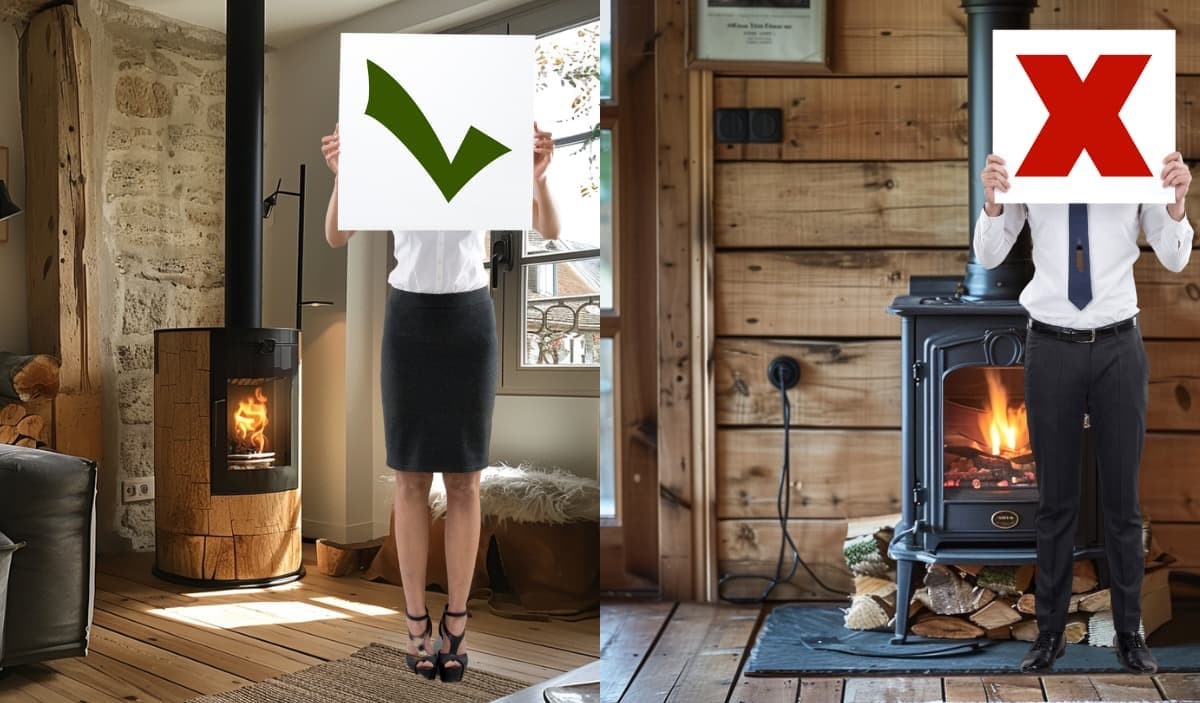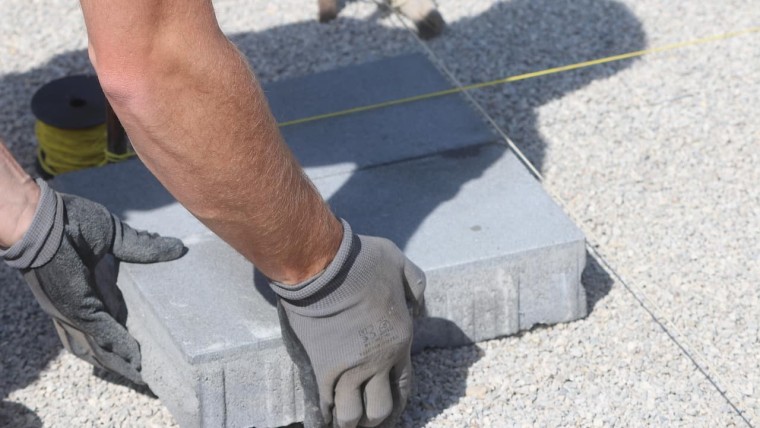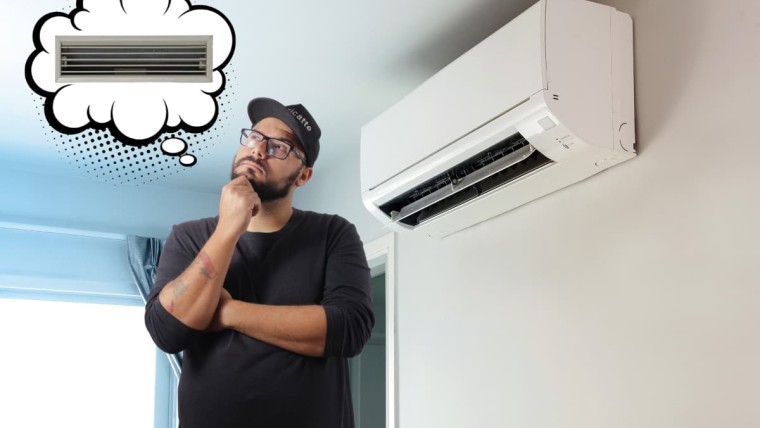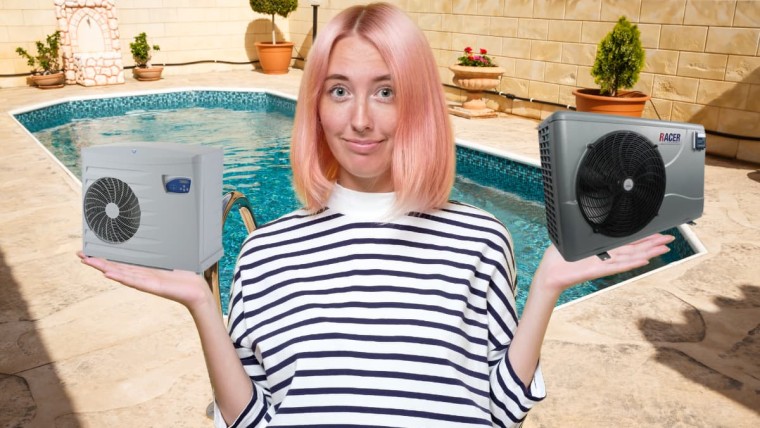The installation of a wood-burning stove has become commonplace in our homes, providing a pleasant and economical source of heat. However, the installation of this equipment requires compliance with certain essential safety rules to avoid domestic accidents.
Here are 5 important criteria to consider when installing your wood-burning stove.
1. Home ventilation
Before installing a wood-burning stove, it's vital to ensure that your home has adequate ventilation. The stove's performance depends to a large extent on the quality of the ambient air.
So make sure that the room where you plan to install the unit has sufficient ventilation to allow a regular supply of fresh air. What's more, this ventilation must be kept in good condition and regularly maintained.
Since 2015, it has been mandatory to install an outside air intake near the wood stove to ensure a good supply of oxygen.
2. Respect safety distances
The proximity of your wood-burning stove to other parts of your home can constitute a potential hazard if certain safety distances are not observed:
- To avoid the risk of fire, keep furniture and other flammable objects at least 90 cm away from the stove.
- The stove must be positioned at least 1.5 meters from the electricity meter to avoid any contact between the two pieces of equipment.
These distances are given as a guide and may vary according to the manufacturer's recommendations or local standards in force.
3. Flue gas treatment and chimney
The evacuation of smoke produced by wood combustion is an essential element to consider when installing your stove. The choice of a suitable flue pipe (flexible or rigid) depends on a number of factors, such as the configuration of your home, the type of stove you have chosen and the materials used in its construction.
The flue pipe must be constructed from corrosion-resistant materials to ensure optimum efficiency and maximum durability under demanding environmental conditions.
Make sure the flue is airtight, and maintain it regularly to prevent the risk of carbon monoxide poisoning, an odorless, colorless gas that can be fatal.
4. Air-tightness test
To check the quality of your installation and avoid the dangers of carbon monoxide, you need to carry out an air-tightness test every three years.
This check detects any leaks in the flue and ensures that the stove is operating correctly.
5. Compliance with DTU 24.1
Finally, to guarantee the safety of your installation, it is imperative to comply with standard DTU 24.1 relating to flues and heating appliances using wood as fuel.
This standard sets out the technical requirements to be met when designing and carrying out work, particularly with regard to :
- the materials used to build the flue,
- installation and sealing of the conduit,
- safety distances between the stove and other parts of the home.
Non-compliance with this standard can lead to malfunctions in your system and endanger the safety of you and those around you.
In short, it's possible to install your own wood-burning stove, but you need to pay particular attention to the safety rules set out above.
Don't hesitate to call on a professional if you have any doubts, or if you'd like personalized support for your installation project.

Julien G.
Juliena mechanical engineering graduate and specialist in climate engineering since 2009, has become a writer specializing in renewable energies, with expertise in heat pumps and photovoltaic solar panels for individual housing.
See all articles by this author






